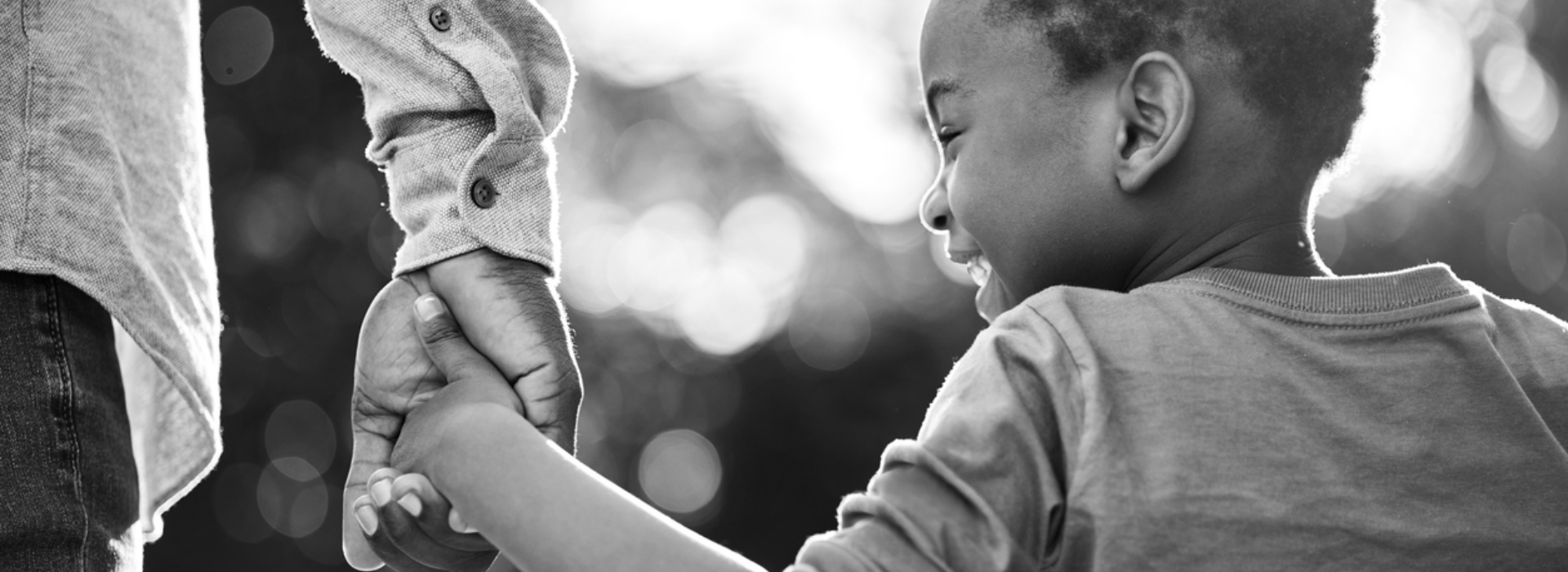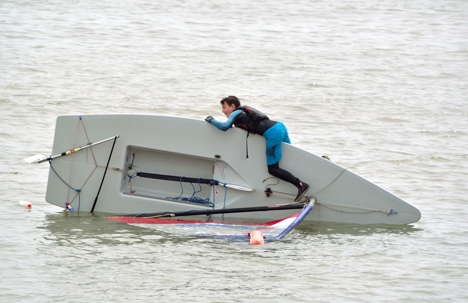One of the most common types of boating accidents is capsizing. In fact, the major cause of fatalities in accidents involving small boats is from drowning after a fall overboard or a capsizing. U.S. Coast Guard accident statistics show that capsizing led to over 100 recreational boating fatalities and over $1 million in damages in the year 2019.
In this blog post, the boating accident lawyers at Murray & Murray will explain what capsizing is and which kind of boat is most likely to capsize.
What is Capsizing?
Capsizing is a boating emergency that occurs when a boat is swamped with water and tips over so far that it becomes unable to move. By definition, a boat must tip by at least 90 degrees to be considered capsized, although most people tend to associate these accidents with boats that flip over entirely, which is also a common occurrence.
When a capsizing occurs on a boat, it poses a number of hazards. A capsized boat may suffer severe structural damage, flood, and even sink. Electrical systems may also be damaged by water, which can lead to a loss of many boating functions and could even cause electrocution.
Capsizing may be caused by strong waves, poor weight distribution (such as too much equipment or people that cause the boat to become imbalanced), water leaks, and other factors.
What Type of Boats Are Most Likely to Capsize?
Capsizing occurs most often with small boats like canoes, kayaks, and sailboats. This is because small boats are more likely to become unstable since they are built to only hold a limited amount of weight. However, just because smaller boats are more likely to capsize does not mean that large boats and even giant ships are exempt—just look at the famous example of the RMS Titanic’s sister ship, the HMHS Britannic, which capsized and sank in 1916.
Fortunately, when a small boat capsizes it usually stays afloat (compare that to the Britannic, which sank in under an hour). This provides any passengers who are now in the water something to hold onto for support while awaiting rescue. Additionally, small boats like canoes and kayaks can often be righted by a single person, while larger craft may require the efforts of more people. So, while capsizing is more likely to occur in smaller vessels, it is often more dangerous when a large boat or ship capsizes.
There are a few things you can do to prevent a capsizing emergency, including:
- Don’t move around the boat if you can avoid it. If you must, however, always maintain three points of contact when moving about your boat. In other words, keep both feet and one hand or both hands and one foot in contact with the boat at all times.
- Stay low and centered while inside your boat.
- Evenly distribute all weight throughout the boat.
- Sit only in designated areas.
- Take corners at a safe speed and angle.
- Watch for other boats' wakes and make sure to take wakes head-on from the bow.
We hope that this information helps you to better prepare for a safe boating excursion so you can enjoy the many exciting waterways Ohio has to offer. Happy boating!
If you or someone you know has been injured in a capsizing or other boat accident in Ohio, contact the law firm of Murray & Murray today.

